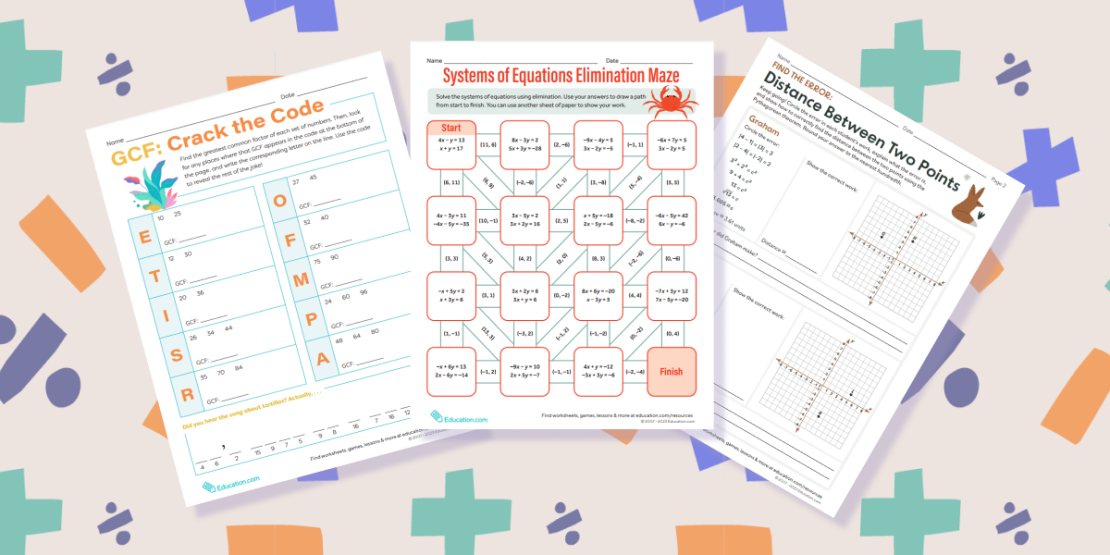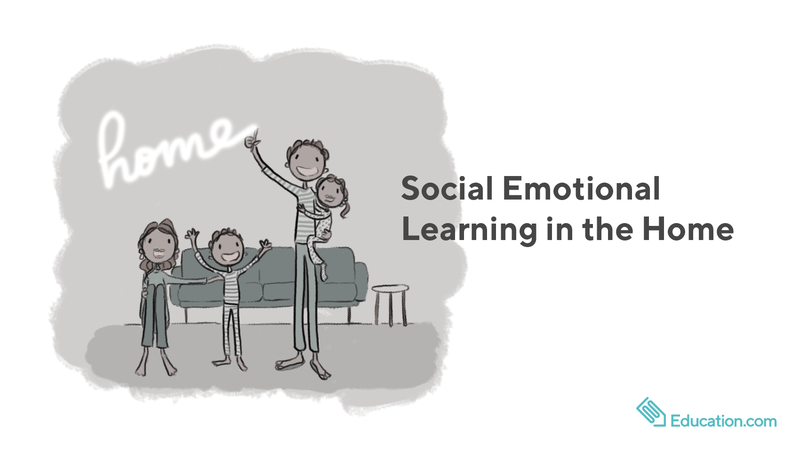
Our guest blog post is written by educator Christopher Herman and shares ways to encourage a love of reading in young learners.
Summer reading is a great way to send your child into the school year with the momentum they need to succeed in the classroom. Setting realistic goals, practicing letter sounds, and finding interesting stories will help them get ready for the fall. Here are some tips to guide you and your child as you explore reading this summer:
Tip #1: Set a goal and reach for it!
Depending on your child’s interests, create a “magical walkway”, “racecar track”, or “reading rainbow” to keep track of the amount of minutes your child reads throughout the summer. Follow these simple steps:
- Pick one of the themes above and create a poster with your child that she can color in.
- Adjust the goals based on the child’s age and ability.
- A 4-year-old could color in one space of a “reading rainbow” for every 10 minutes of reading.
- For older children, perhaps 15 minutes per space would be developmentally appropriate since they have a longer attention span.
- Once the track, walkway, or rainbow is completed, reward your child in some way. The reward doesn’t need to be a material item. It could be something your kid values like tickets to a sporting event or theme park, or even a family trip. Have your child help design the reward to give extra motivation. This helps youngsters plan ahead and reach towards something by using incremental steps to get there.
The most important component is the amount of hours you spend with your child reading. Exposure to as much expressive language as possible will lead to a stronger phonemic awareness. This is essential to establishing strong independent reading skills before they head back to school.
Tip #2: Get flashy with beginning sounds
Practicing letter sounds provides the foundations for phonemic awareness. This is especially helpful for preschoolers and kindergartners and leads to a solid foundation for future reading success. The point of the exercise is to clip the letter sounds so your kids can begin to blend basic words together. For example, for the letter A flashcard, clip the sound to short a, as in: apple, ant, at. For the letter B flashcard, clip the sound to short b, as in: balloon, bat, ball.
In addition to flash cards, you can try these multisensory ways to learn short vowel sounds:
- Tracing letters using shaving cream.
- Spelling out words by placing paint in a plastic bag and tracing with your finger.
- Sign language. Fine motor hand motions also build important finger muscles for writing.
Any of the methods above can also be used to emphasize learning sight words or high frequency words throughout the school year.
Tip #3: Let your child choose the story
Always let your preschooler choose what story she wants to read. Allowing your child to influence the learning process empowers her to take interest in stories which helps her become naturally motivated to read.
While reading a story, make sure you are splitting up the story incrementally. Encourage your child to talk about what is happening in the book to further deepen her understanding of what is going on. Make sure you are:
- Putting information in the right order. This processing will allow your kid to be able to sequence correctly, a strong indication of future reading success.
- Pausing in the middle of the story. This helps younger children understand the beginning, middle, and end of the story.
- Reading some of your child’s favorite stories twice. It is important to read the entire story all the way through the first time with as few interruptions as possible.
- Discussing more about the story’s content afterwards. For the second reading, you can even throw in more fun activities such as a game show, pop quiz, or art activities to depict favorite parts of the story.
-768x429-1.jpg)


